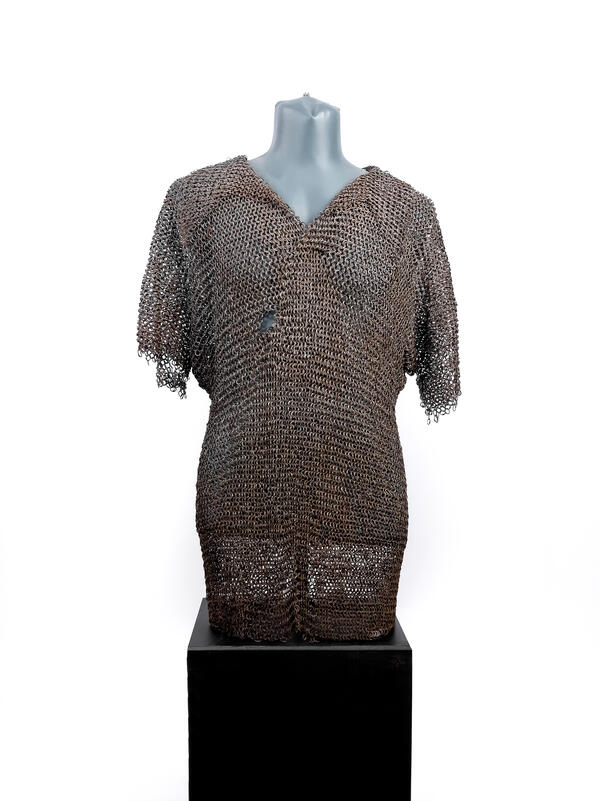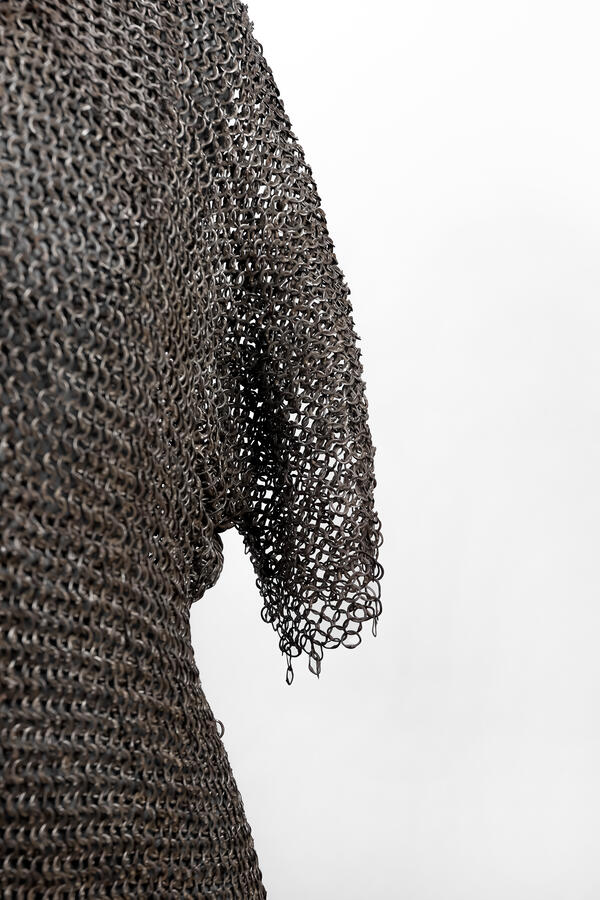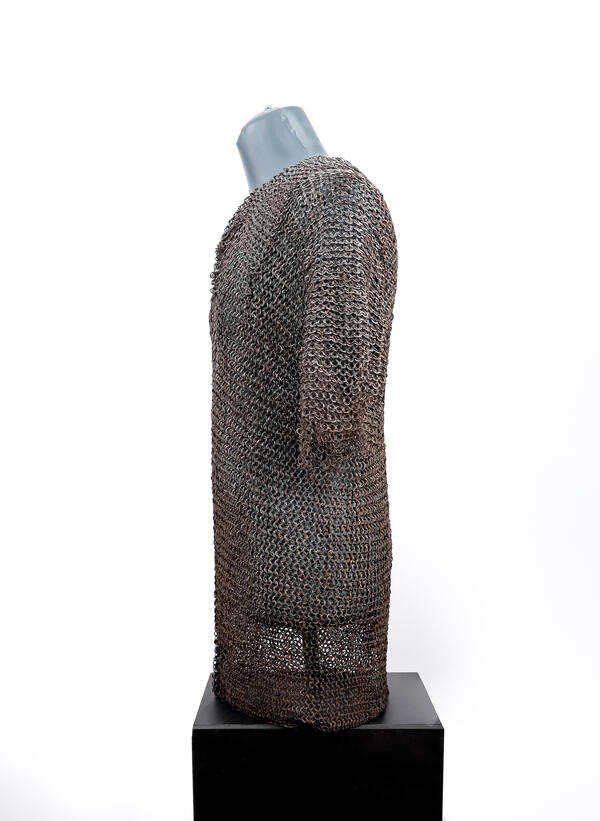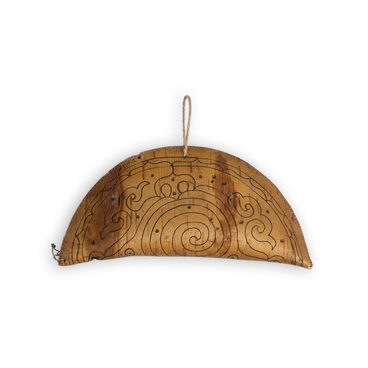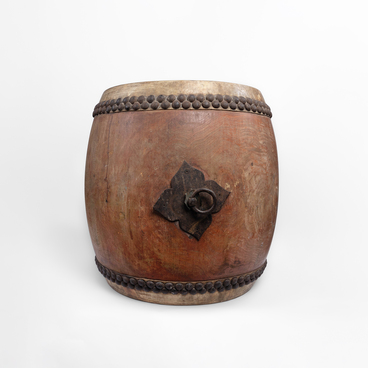The exhibition of the Vladimir Arseniev Museum of Far East History includes a chain mail armor woven from iron rings.
Thanks to its qualities, chain mail was massively used by warriors in both Europe and Asia for more than 2000 years, from the 3rd century BC to the 18th century AD. Worn on top of a dense quilted gambeson, it protected well against cutting and chopping blows delivered by light weapons. The simplicity of manufacture, flexibility and mobility partially compensated for the inability of the chain mail to withstand stabbing blows of the sword, chopping blows of a heavy ax, halberd, and arrows with armor-piercing tips.
Chain mail was woven from iron wire rings with a diameter of 8 to 14 millimeters and a wire cross-section of 1 to 2 millimeters. The wire was wound on a metal bar, after which the resulting spring was cut longitudinally into rings. Part of the rings could be made open by cutting them out of a metal plate. The most common method of weaving was the “four-in-one”, where one ring was connected to three others. The ends of each open ring were overlapped and riveted together. As a rule, chainmail was single-layered, only in the most vulnerable places double weaving was sometimes used. It took at least 15 thousand rings to make a single piece of chain mail. Depending on the size, cut and cross-section of the rings, its weight could vary from 5 to 15 kilograms.
The first samples of ringed
armor appeared in Europe in the 4th–3rd centuries BC and were used both by
soldiers of the Roman army and the Germans. The Eastern Slavs introduced the
chain mail as a result of contacts with Vikings and Byzantines making it the
main type of protection gear of the Russian military class before the regular
army was created based on the European model in the late 17th century. Chain
mail continued to be used even after the firearms appeared. In the 19th
century, chain mail armor continued to be worn by Cossacks and soldiers of
ethnic units of the Russian army: Tatars, Bashkirs, Kalmyks and people living
in the Caucasus mountains.

